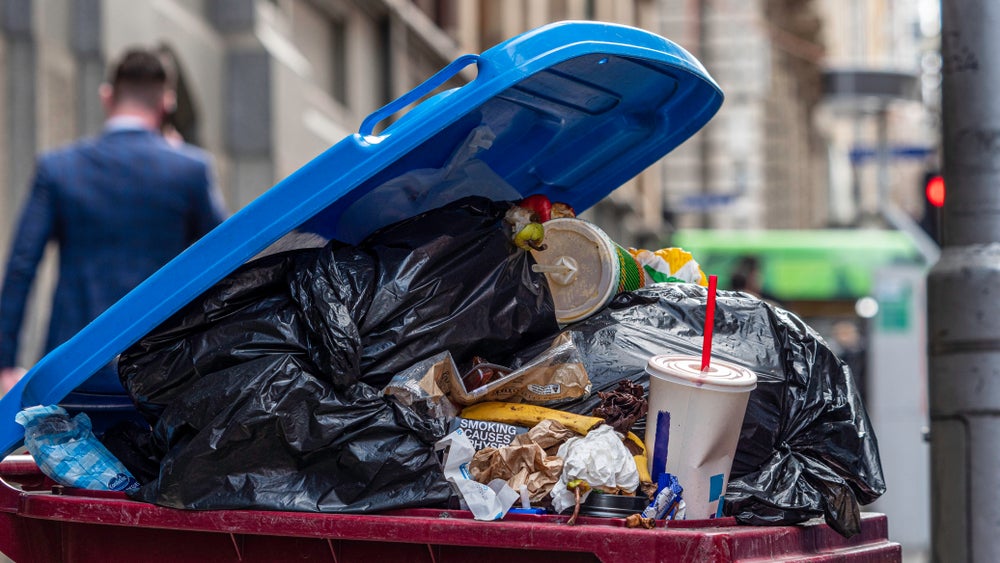Australia has launched The Great Unwaste, a national push to cut household food waste and support food waste reduction across the country.
The campaign is led by End Food Waste Australia and is built on new research showing that homes throw away far more food than people think.
For the global packaging sector, the move highlights how clear date labelling, better pack formats and right-sized portions can keep food fresher for longer, help consumers use what they buy, and lower the climate and cost impacts of food waste in Australia and beyond.
A national focus on household food waste
The research behind The Great Unwaste found that the average Australian household discards about 4.22 kg of food each week, more than double what people believe they waste.
Scaled nationally, households throw out around 2.5 million tonnes a year—equivalent to millions of edible meals lost each day. The campaign aims to change everyday habits such as planning meals, storing food correctly and using leftovers.
It also aligns with Australia’s target to halve food waste by 2030.
For readers outside Australia, the drivers are familiar: busy lives, confusing labels, and packs that do not match household needs. These factors lead to premature disposal of good food.
That is why the packaging community—brands, retailers, designers and converters—has a direct role to play in food waste reduction, alongside improved consumer guidance and better local collection of organics.
How packaging can help reduce food waste
Packaging that protects food, guides storage and suits real-world use can make a measurable difference. Evidence from industry and academia points to a few practical levers:
- Shelf-life protection: Modified atmosphere packaging (MAP) for fresh produce and meat, breathable films for salads, and high-barrier packs for bakery items slow spoilage and buy time in the fridge.
- Reclose and portion control: Reliable reclose (zips, lids, tape-to-seal), split-packs and smaller units help households match pack size to appetite and reduce leftovers that go off.
- Clear, simple information: Straightforward instructions on where to store items (fridge, freezer, cupboard), “freeze by” cues, and QR codes linking to tips or recipes make it easier to use up food.
- Intuitive design: Easy-open features and transparent windows reduce accidental damage and encourage consumers to check contents before repurchasing.
Date labelling remains a common pain point. Clearer distinction between “use by” (safety) and “best before” (quality) helps people avoid throwing away food that is still good to eat.
Consistent wording, larger type and prominent placement reduce confusion.
In Australia, the Australasian Recycling Label (ARL) can sit alongside food storage guidance to tell consumers how to dispose of each pack component, limiting contamination as councils expand food-and-garden waste collections.
Steps for brands, retailers and packaging suppliers
The Great Unwaste creates a timely brief for the global packaging sector. Companies supplying the Australian market—and those operating in regions with similar goals—can act now:
- Tighten date labelling to cut needless waste
Use standardised “use by” and “best before” terms. Add plain-English storage and freezing advice on-pack. Where allowed, consider dual dating (for example, packed-on and use-by) for fresh foods. Keep it short and legible.
Right-size and reclose for real households
Offer portion control packaging across high-waste categories such as produce, bakery and meat. Provide split-packs or multi-packs with individual seals so consumers open only what they need. Prioritise reclose features that actually work after first opening.
- Specify formats that extend life without burdening recovery
Match barrier properties to the product and the route to market. Where MAP or high-barrier films are required, choose structures with clear end-of-life pathways and label them with the ARL (or the local equivalent) to improve recycling outcomes. - Build storage literacy where shoppers decide
Use front-of-pack icons for “refrigerate after opening”, “suitable for freezing”, or “keep in a cool, dry place”. A small QR code can link to batch-specific tips, leftover recipes and allergy or safety updates without cluttering the pack. - Pilot, measure and report food-waste outcomes
Run controlled trials to compare waste rates before and after packaging changes. Track open-life, returns, markdowns and household feedback. Share results with retailers and regulators to inform best practice.
Looking ahead to 2030, Australia’s national halving target will demand joint action from government, industry and households.
For packaging stakeholders, success will look like longer shelf life in the real world, fewer items binned before they spoil, clearer on-pack guidance understood at a glance, and better recovery of both food and packaging materials.









